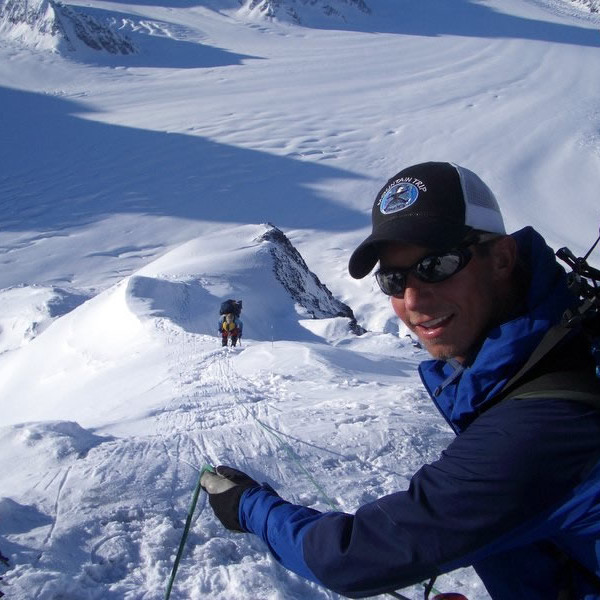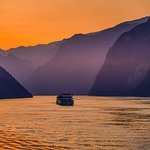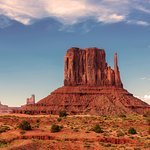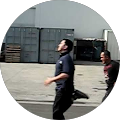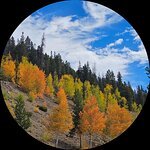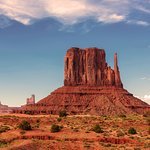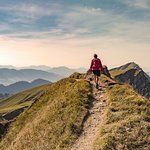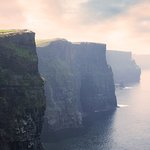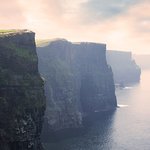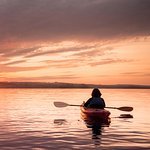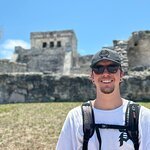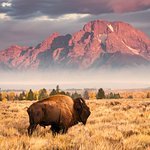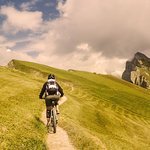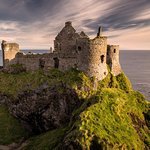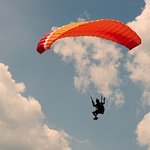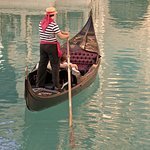DAY 1: MEET IN ANCHORAGE. We will conduct a Team Meeting at 10am for an expedition orientation and equipment check. This is a very important meeting, which you must attend. Be sure to arrive in Anchorage early enough to make the meeting; which may require arriving a day early. Our trip fee includes two nights accommodation at the Millennium Alaska Hotel, which is conveniently located and offers free airport transfers.
DAY 2: TRAVEL TO TALKEETNA AND FLY TO THE GLACIER. Team members will travel by shuttle for several hours to Talkeetna. Everyone will need to register with the National Park Service prior to flying to the glacier. Weather permitting; we will fly into the Kahiltna Glacier at 7,200 ft that afternoon. Once on the glacier, everyone will need to pitch in to get Base Camp established so we can proceed with our on-glacier expedition orientation that will cover the following topics: glacier travel, crevasse rescue, sled rigging, rope management and camp site procedures.
DAY 3: MOVE TO ADVANCED BASE CAMP. Departing base camp, we’ll drop down the infamous Heartbreak Hill and onto the broad Kahiltna glacier. Our goal will be to move all of our equipment and supplies across the glacier. We’ll set up an ABC near the base of Mount Crosson, just north and east of Foraker, at an elevation of about 6,700 ft.
DAY 4: CARRY LOADS UP TO CAMP 1 ON MT CROSSON. Moderately steep climbing leads to a spectacular camp above a prominent gendarme at about 10,000 ft.
DAY 5: MOVE CAMP TO “CROSSON CAMP.” It is possible to single carry up to this camp, if a team is acclimatized and strong, but generally, we break this move into two days.
DAY 6: MOVE CAMP OVER MT CROSSON. Our second camp is often between Mt Crosson and Peak 12,472. We have a lot of options as to where we will put this camp, but they are all somewhere above 11,000 ft.
DAY 7: CARRY ACROSS THE INTERCONNECTING RIDGE TO THE BASE OF THE SULTANA RIDGE. The distance of travel is not too great, but the terrain can be challenging, so this is a fairly long, challenging day.
DAY 8: MOVE TO HIGH CAMP AT THE BASE OF THE SULTANA. We have options for how and where to place our high camp. Most parties opt to climb the entire Sultana Ridge as their summit day, but it is possible to place a camp on the ridge proper, at about 14,000 ft. This decision will be made based on a variety of factors, including weather, conditions, team strength and health, etc.
DAY 9: REST DAY. Most mortals will appreciate a rest and acclimatization day before the huge push up 5,000 ft to the summit
DAY 10: SUMMIT DAY. Summit day is a monster. We’ll climb almost a vertical mile of 40 degree terrain. We need to have a really good day in order to make it up and down, so we will be highly selective about our decision making. Summit climbers must have demonstrated a high degree of fitness and technical proficiency, as this day will demand a lot of everyone.
DAY 11: DESCENT – PART 1. The descent from high camp on the Sultana is challenging and takes some time. In general, we will try to reach Mt Crosson on the first day of our descent.
DAY 12: DESCENT – DAY 2. From our camp near the top of Crosson, we’ll drop down to the Kahiltna, clean our cache from our ABC, and trek across the glacier to the airstrip.
DAY 13: FLY OFF THE GLACIER. Weather permitting, we’ll be in Talkeetna for breakfast!
DAY 14 – 21: CONTINGENCY DAYS.

